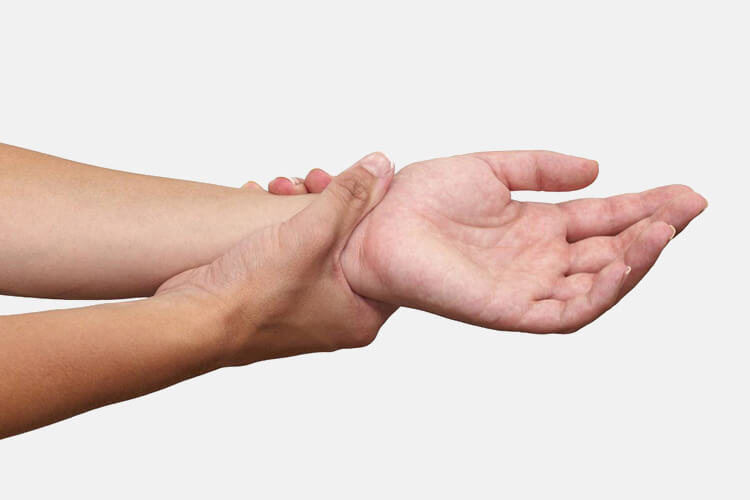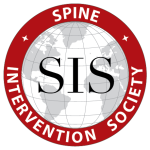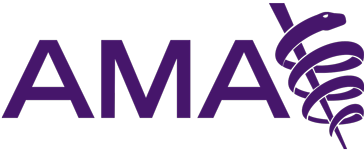 The most common symptom is persistent severe pain. The sensation may be described “burning,” or a “pins and needles” feeling. The pain may extend arm or leg, even though the injury may have only involved a finger or toe. In rare cases, pain can sometimes travel to the opposite extremity. The affected area often has increased sensitivity in which normal contact with the skin is experienced as very painful.
The most common symptom is persistent severe pain. The sensation may be described “burning,” or a “pins and needles” feeling. The pain may extend arm or leg, even though the injury may have only involved a finger or toe. In rare cases, pain can sometimes travel to the opposite extremity. The affected area often has increased sensitivity in which normal contact with the skin is experienced as very painful.
Symptoms:
- persistent pain
- changes in skin texture on the affected area; it may appear shiny and thin
- abnormal sweating pattern in the affected area or surrounding areas
- changes in nail and hair growth patterns
- stiffness in affected joints
- problems coordinating muscle movement, with decreased ability to move the affected body part
- abnormal movement in the affected limb, most often fixed abnormal posture (called dystonia) but also tremors in or jerking of the limb.
Treatment:
- Rehabilitation and Physical Therapy.
- Psychotherapy.
- Medications such as bisphosphonates, non-steroidal anti-inflammatory drugs (NSAIDS) or corticosteroids to name few.
- Spinal cord stimulation (link to STIM service description)
- Ketamine Infusion (link to Ketamine for chronic pain description)
- Intrathecal drug pumps. (link to intrathecal drug pump service description)
- Lumbar paravertebra
- Sympathetic Nerve Block is a minimally invasive procedure which aids in the relief of chronic pain. This injection targets the sympathetic nervous system, a cluster of nerves which help control multiple involuntary body functions. The source of your pain will determine the site of injection.
- Axillary block provides temporary numbing of the hand, wrist, forearm, or elbow prior to surgery.
- Epidural sympathetic nerve block is a minimally invasive procedure used to decrease pain in the legs.
- Stellate ganglion block is a local anesthetic injection which provides pain relief in the head, neck, upper arm and chest. This injection targets part of the sympathetic nervous system located at the front of the neck or each side of the voice box.




